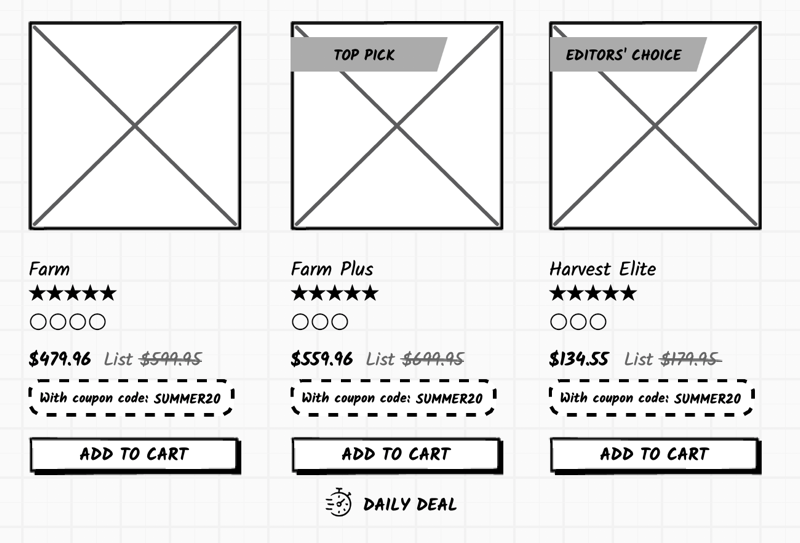Testing: Usability, Card Sorting, and Tree Studies
 About the Projects
About the Projects
You can test prototypes, visual design, wireframes, cocktail napkin sketches, behaviors, nomenclature, and sentiment—in fact, you can test almost anything. The border between ignorance and evidence is far-reaching but easily crossed.
Remote usability testing
So, what does such a remote test tell us? For one, it tells us that whatever testing environment we set up in a laboratory will be light years ahead of what most participants have at home. It is a sobering realization that while software creators tend to have fast processors, high-resolution screens, and the latest OS updates, a sizable proportion of Americans do not. If your software is for home use, there is no better place to test software than on a participant’s home computer. Perhaps most importantly, participants often feel more comfortable in their own homes than they do in a lab. They pause. They tend to their kids. They answer phone calls. They use your software in the context of their own messy lives, not in the context of your organized lab.

PDF used for remote testing of an early stage concept ( View image )

Low-fidelity wireframe used for quick testing of touts ( View image )
In-person usability testing
Face-to-face interaction will always have its place in user testing. With the increased need to test gestures on mobile devices, it is helpful to see both participants and what they are testing. He or she may hold her phone with one hand and swipe with the other. They may turn their tablets from portrait to landscape and rest them on their knees. Someone may be vision impaired or hard of hearing—all things perhaps best suited to test in a controlled environment.
Edward Stull Consulting can help you determine when in-person or remote testing is preferable based on the outcomes you seek.
Tree studies
Tree studies help you understand a user’s ability to find and discover information. They are especially helpful when testing labeling, navigation, and information hierarchies. Because tree testing is quantitative, you can often rapidly test many similar approaches. This capability extends the utility of tree testing, empowering early stage A/B and multivariate testing as well.
For example, you may wish to test the efficacy of approaches for the “Find a Doctor” tool on a hospital website.

A four-variant test of a discovery tool, indicating success rates and common errors ( View image )
Card sorting studies
Card sorting studies reveal how users organize and contemplate systems of organization (e.g. a product catalog). They indicate mental models, too. Users are presented a set of printed or digital note cards displaying names of items (e.g. "About Us", "Fax Number", "Widget X", "Shopping Cart", "Report an Error", etc.), and then asked to sort the cards in a manner consistent with their beliefs about how the cards should be organized. Like tree studies, card sorting is also helpful in the discovery of nomenclature opportunities and issues.

Screenshot from card sorting study ( View image )